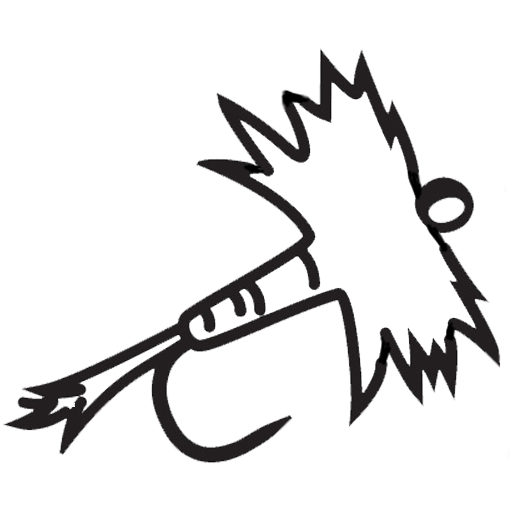Do Nymph Types Really Matter...?

I used to think so until I was humiliated by a fishing buddy slamming them on Bead Head (BH) Prince Nymphs while I was getting all "Schwiebert scientific..."
BTW - I never heard of a Prince Nymph until that day and being the moron I am, I asked him if they were purple in color...

The obvious thing regarding nymph choices is fishing the correct species (mayfly, caddis, stonefly, midge, etc.) at the correct time if there is evidence one should be favored over the other, however...
Excluding the BH Prince Nymphs I now carry

and a few other "attractor-type" offerings; for decades all of my nymphs (mayfly, caddis, stonefly, midge, etc.) are just generic creations varying only in size & color to match any specific activity and hopefully satisfy any particular fussy fish.
FWIW - I do the same thing with my mayfly imitations. No fancy patterns, I just tie a generic thorax or parachute fly in different sizes & colors. If I pick the right color & size, it instantly becomes whatever bug happens to be hatching.

The good thing about this approach is you carry less flies AND IF you get skunked, you can blame your ineptitude on not having one of those size 13.5 whiz-bang, BH Pterodactyl flies they were selling at the Orvis shop for $3.49...

Have fun!!




